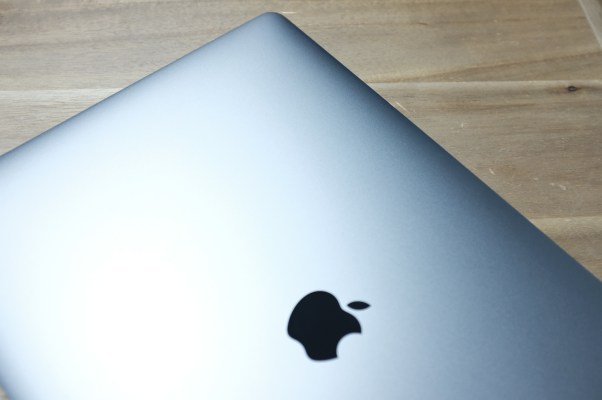When reviewing hardware, it’s important to integrate it into your life as much as possible. If you can, swap it in for your existing devices for a few days or a week, to really get an idea of what it’s like to use it day to day.
There are certain nuances you can only discover through this approach. Of course, that’s easier said than done in most cases. Switching between phones and computers every week isn’t nearly as glamorous as it sounds, especially when juggling multiple operating systems.
As a MacBook Pro owner, however, this one was a fair bit easier. In fact, there’s very little changed here from an aesthetic standpoint, and beyond the quieter keyboard and Siri integration, there’s not a lot that’s immediately apparent in the 2018 MacBook Pro refresh for me. That’s because I’m not the target demographic for the update. I write words for a living. There are large portions of my job that I could tackle pretty easily on an Apple IIe (please, no one tell the IT department).
This upgrade is for a different class of user entirely: the creative professional. These are the people long assumed to be the core user base for the Mac ecosystem. Sure, they only account for around 15 percent of Mac users, according to the company’s estimates, but they’re the people who use the machines to make art. And as such, it’s precisely the group of influencers the company needs to court.
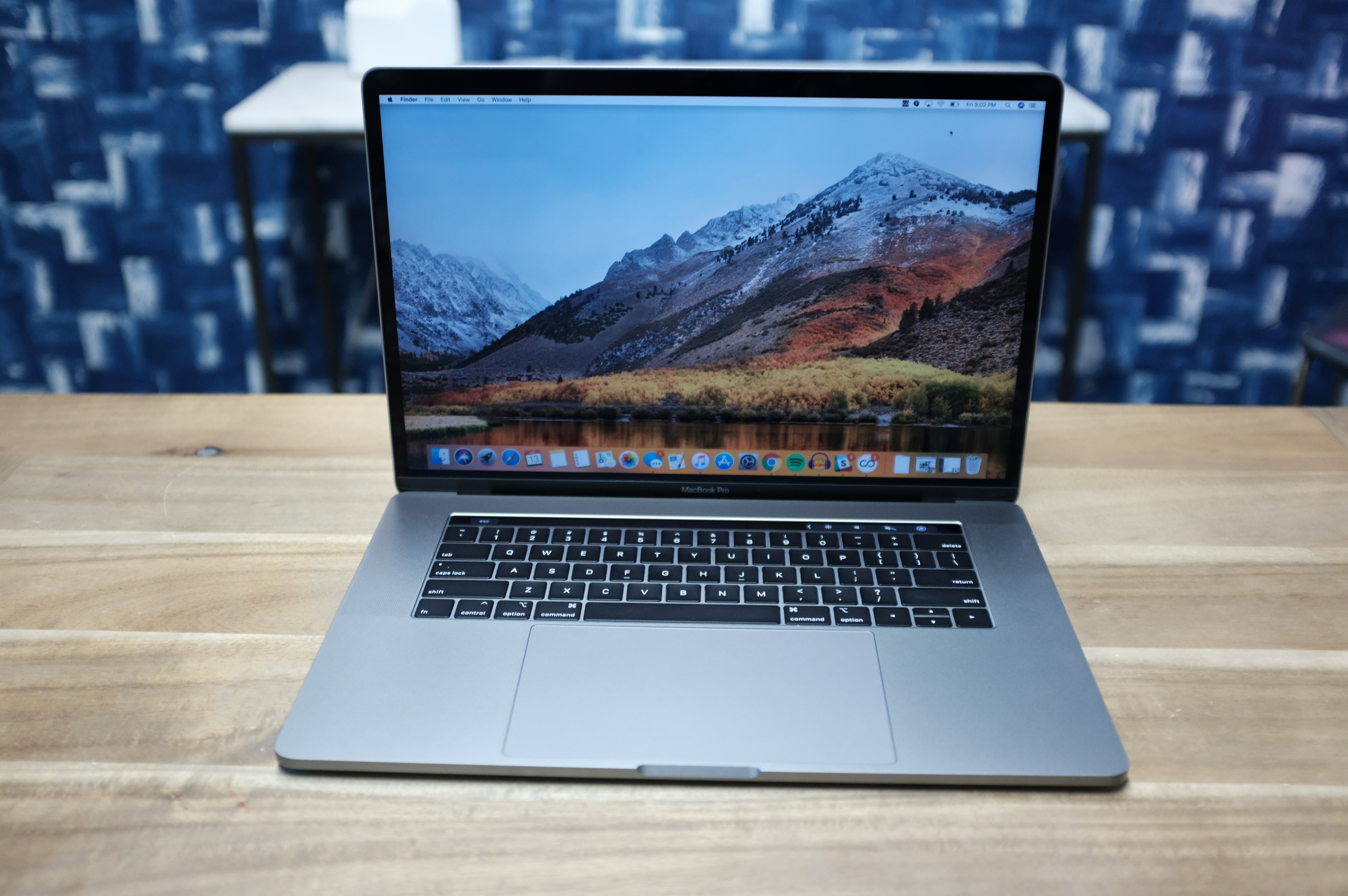
In recent years, however, some vocal critics have accused the company of taking that key demo for granted. Apple has seemed more focused on a populist approach to its technology. The simplification of pro software like Final Cut X and the seeming abandonment of the Mac Pro have been regarded as exhibits A and B.
For the first time in recent memory, the company has serious competition for the hearts and minds of creative pros, including Microsoft, which has made the category a focus with its high-end Surface line.
But the last two years have seen Apple fighting back. The company was uncharacteristically open about the status of the Mac Pro line, which has been undergoing a fundamental rethink. In the meantime, it released the iMac Pro and added a bunch of new features to macOS aimed firmly at that category.
The new MacBook Pro continues that trend; the form factor remains the same, and the changes are largely under the hood. But these are in fact extremely powerful machines built around the premise that, in 2018, one shouldn’t have to compromise power in order to go portable. Well, maybe a little — but in those cases where you need some intense graphical processing, there’s always an external GPU, which makes the machine capable of VR and other process-intensive tasks.
The new Pros top out at a bank-breaking $6,699, presenting a healthy jump over the highest-end models money could buy last year. For the rest of us, however, the starting price remains the same, at $1,799 for the 13-inch and $2,399 for the 15.
Keys to quiet
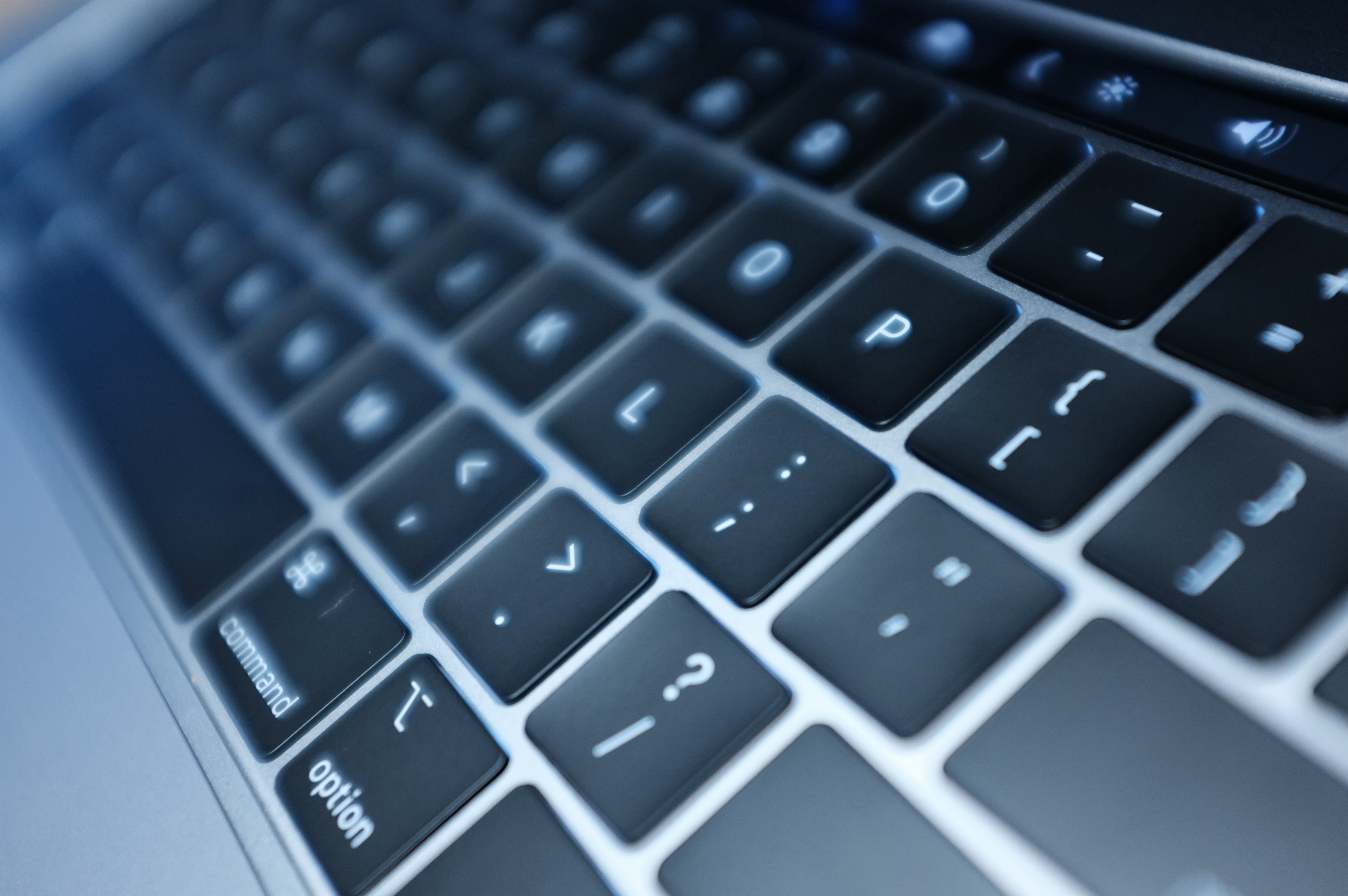
There’s a lot going on here. First, as many pointed out in the initial announcement, Apple didn’t alter the fundamentals here — they just made the loud typing a bit quieter. That was a surprise to many, given everything that’s happened on that front over the last several months. After all, if the company was going to go out of its way to update the technology, wasn’t a fundamental rethink in order here?
A couple of things. First, things (and lawsuits) didn’t really start getting hot and heavy on that front until recently. The first major class-action suit was filed back in May. Hardware iteration happens slowly, especially with a massive company that supports so many users. After all, you want to get things right — especially when correcting a known issue. A couple of months is hardly sufficient lead time.
Old keyboard
Second, Apple says the actual instances of real keyboard failure are a small minority. I’m inclined to believe that’s the case, though the internet certainly has the tendency to amplify these kinds of things. But still, there seems a reasonable possibility that some bigger fix is in the works.
The company will also point out that, in spite of pushback, many users like the new keyboards. Based on the multiple threads of discussion we had after the news was announced, I can tell you that this is anecdotally true among the TechCrunch staff.
Things got better with gen two, and I’ve certainly become more used to typing on it. I still didn’t love it at first, but I’d say I’m pretty much keyboard-agnostic at this point.
New keyboard
Along with the mechanics, the key travel is the same. So if you had issues with the typing being too shallow for your liking, sorry, you’re out of luck here. An early teardown points to a thin, silicone membrane sitting on top of the keyboard switch that serves to help protect the undercarriage from spills, food particles and the like. I once got a small piece of something stuck under there and it hampered movement entirely.
In my case, it was nothing that a blast of canned air couldn’t fix (we don’t all have one lying around, but we really should), but clearly not everyone has been so lucky on that front. It seems as though the muffling of the sound and the extra sense of tactile pushback was a happy accident of a kind here, but hey, we’ll take it.
Here’s a longish thing we wrote after getting our hands on the system. We enlisted Anthony Ha, TechCrunch’s Loud Typing World Champion five years running (they tried to recruit him out of college, but the allure of writing about VCs was too strong) to try it out. Even with Anthony downright punishing the keys, the result was noticeable.
The new keys aren’t silent, but they’re a lot less likely to get you kicked out of the library. There’s not a huge difference between the actual decibel levels between the two, but the older model’s more staccato typewriter clacking sound has become more dull and less harsh on the ears, which likely makes it sound that much quieter.
Another tidbit here for people who focused on such things: The keys’ cap color is ever-so-slightly lighter than the last. I thought I was going crazy at first, but there you go. I mean, I still think I’m losing my mind, but for non-keyboard-related reasons.
About those specs
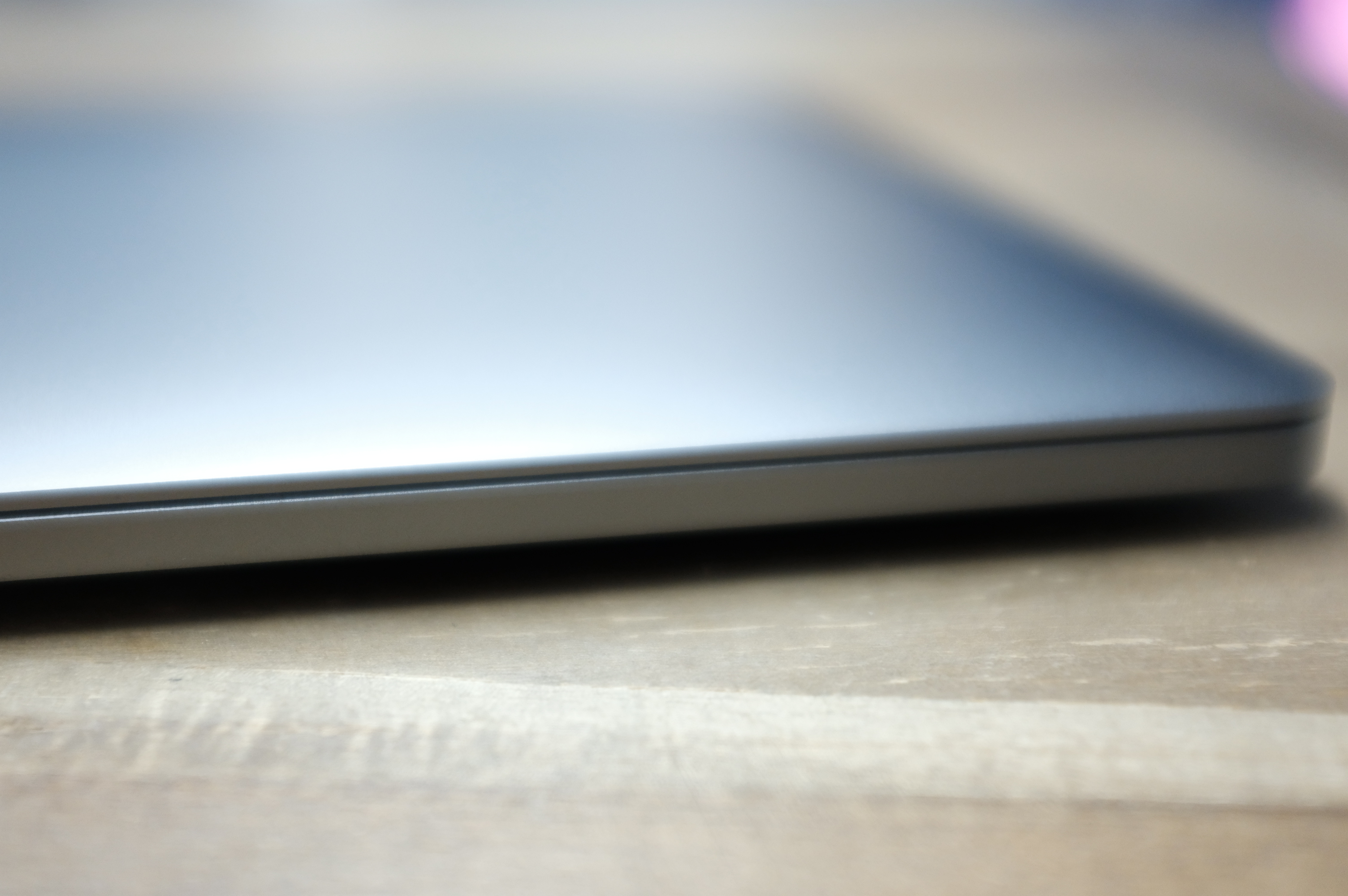
Apple didn’t hold back on the specs with the review unit it sent along. The model sports:
- 2.9 GHz Intel Core i9
- 32 GB of DDR4 memory
- Radeon Pro 560X
- 4TB of storage
Configured on Apple’s site, that will run you a cool $6,669 — about the same as the monthly rent on a studio apartment in San Francisco, from what I understand. It’s worth noting here that it’s the SSD storage that really pushes the cost into the stratosphere. That’s an additional $3,200 over the default 512GB.
Again, 4TB is probably overkill for the vast majority of users. All of the above configurations are, really, but they’re there if you want/need them. Apple was able to push memory up to 32GB courtesy of finally introducing DDR4 to the MacBook. That move does come with a hit to the battery life, however, so the company went ahead and increased the battery size to offset that hit.
The company says the laptop gets around 10 hours of use in its testing. I admittedly put it through something a bit more rigorous than standardized testing when incorporating it into my daily usage — recording a podcast on Skype, listening to music while working/browsing the web (it’s part of my job, I swear) — and got a few hours less than that.
As for performance, Apple’s not messing around here. Running Geekbench 4 (a popular PC benchmark), I got an impressive 5540 on the single core and 23345 with the multi-core test. Geekbench got similar — if slightly lower — results in its own tests on the high end. Here’s founder John Poole on the findings:
For the 15-inch models, single-core performance is up 12-15%, and multi-core performance is up 39-46%. Since the underlying processor architecture hasn’t significantly changed between the 2017 and 2018 models, the increases in performance are due to higher Turbo Boost frequencies, more cores, and DDR4 memory.
The 2018 MacBook Pro is the most substantial upgrade (at least regarding performance) since the introduction of quad-core processors in the 2011 MacBook Pro.
Taken together, that represents a significant upgrade from last year’s model. Individual performance will vary depending on a lot of different topics, but there’s no doubt these are powerful machines.
Hey, Siri
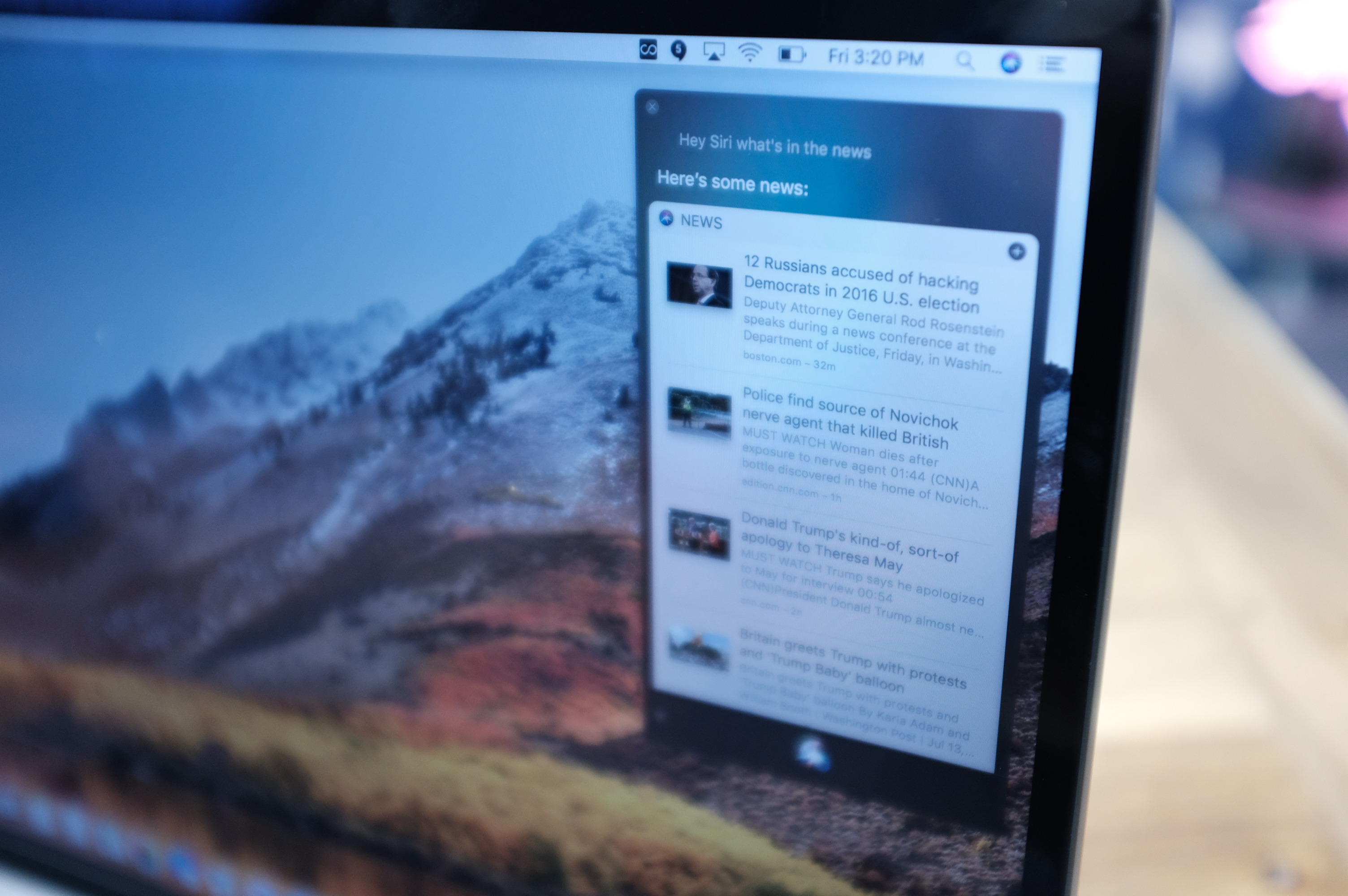
The addition of hands-free Siri functionality didn’t get a lot of play here, but it’s an important one — if not for the computer itself, then for Apple’s broader ambitions. Like Google’s play, Siri was mobile first.
But Apple’s assistant has always been about building a broader ecosystem of contextual search that can help the company tailor its offerings to individual user needs. We saw this manifest itself last year with the addition of HomePod, a typically Apple high-end approach to the insanely popular world of smart speakers.
The assistant has actually been available on macOS since Sierra (10.12) rolled out back in late 2016. This, however, marks the first time hands-free voice interaction has been available on the desktop. Apple says it was the T2, introduced on the iMac Pro, which allowed for the capability — just one of an extremely long list of features the company has offloaded on the proprietary chip.
Like other key features, Siri is enabled during setup. If you’re the sort who sticks masking tape over your webcam, you can also simply opt out of having the MacBook’s microphones listening in for the wake word. And you can always untick the “Listen for ‘Hey Siri’” box in Settings.
Setup is more or less the same as on iOS. You’ll be prompted to speak a couple of phrases to train the AI on your voice. Device interaction functions similarly as other assistant hardware ecosystems. The moment you say, “Hey, Siri,” your iPhone/Mac/HomePod, et al. communicate with one another, prioritizing either the device that heard the query the best (likely the closest) or was most recently used.
I ended up disabling the feature on my phone in order to test it on the desktop, because there were too many instances of the phone picking it up or having Siri pop up on both at once and then disappearing on the one that was de-prioritized. When the feature was switched off the phone, however, its desktop counterpart was plenty responsive.
All of this leads to a key question: Is a desktop smart assistant ultimately very useful? The primary driver of voice functionality is the ability to free up your hands from having to type. Presumably, however, you’ve already got your hands at or near the keyboard if you’re close enough for Siri to hear you.
Multitasking seems to be the primary use-case here. Say you’re typing and want to know the weather or find movie times, you can definitely do that. Ditto for sports scores — it took a query or two, but “did the A’s win yesterday?” got me the answer I wanted, with a conversational reply, “the Athletics eked out a win over the Giants in the Bay Bridge Series by a score of 4 to 3 yesterday.”
Hey Siri, a win is a win, okay?
Multimedia functionality, which seems like one of the most logical applications, is still limited here. Siri will find and play things in Apple Music, but ask her to play something on Spotify and that’s a no-go — you’ll get an Apple Music link and Wikipedia entry instead. Siri knows which side her bread is buttered on. Ask her to play a movie and she’ll confess that she can’t do that.
More functionality is surely on the way. For now, however, Siri on the desktop is more a nice addition than necessary feature.
Toning it down
Like Siri, True Tone is opt-in during the setup process. You can toggle it on and off at the beginning, which I suggest, just so you know what you’re getting yourself into. And, like Siri, you can always go back into settings later to adjust if it’s not to your liking. Clicking Option and the Touch Bar bright icon will get you there, as well.
The effect, which debuted on the iPad Pro (and rolled out to other new iOS devices) utilizes a light sensor (new for the Mac) to determine the ambient color and brightness of its surroundings. It’s a sort of more sophisticated version of the brightness detection Apple computers have had on board for some time now.
If you’ve ever fiddled with a camera (even the one on your phone in most cases), you recognize the importance of white balance. That’s the thing that turns objects weird colors when you step into different lighting settings. It’s a key to perceiving contrast getting lifelike reproductions of images. I have two 15-inch MacBooks in front of me right now (that’s just how I roll), and it’s like night and day. You’ve got no idea how blue the screen you’ve been staring at is until you see it up against another True Tone-enabled display.
For a majority of us, it’s a nice feature, but for photographers, video producers and designers who rely on a MacBook for their work, it’s a much bigger deal. As recently published support documents point out, the feature will also work with a handful of secondary displays, including Apple’s own, and LG’s Ultrafine 4K and 5K.
Upgrade time?
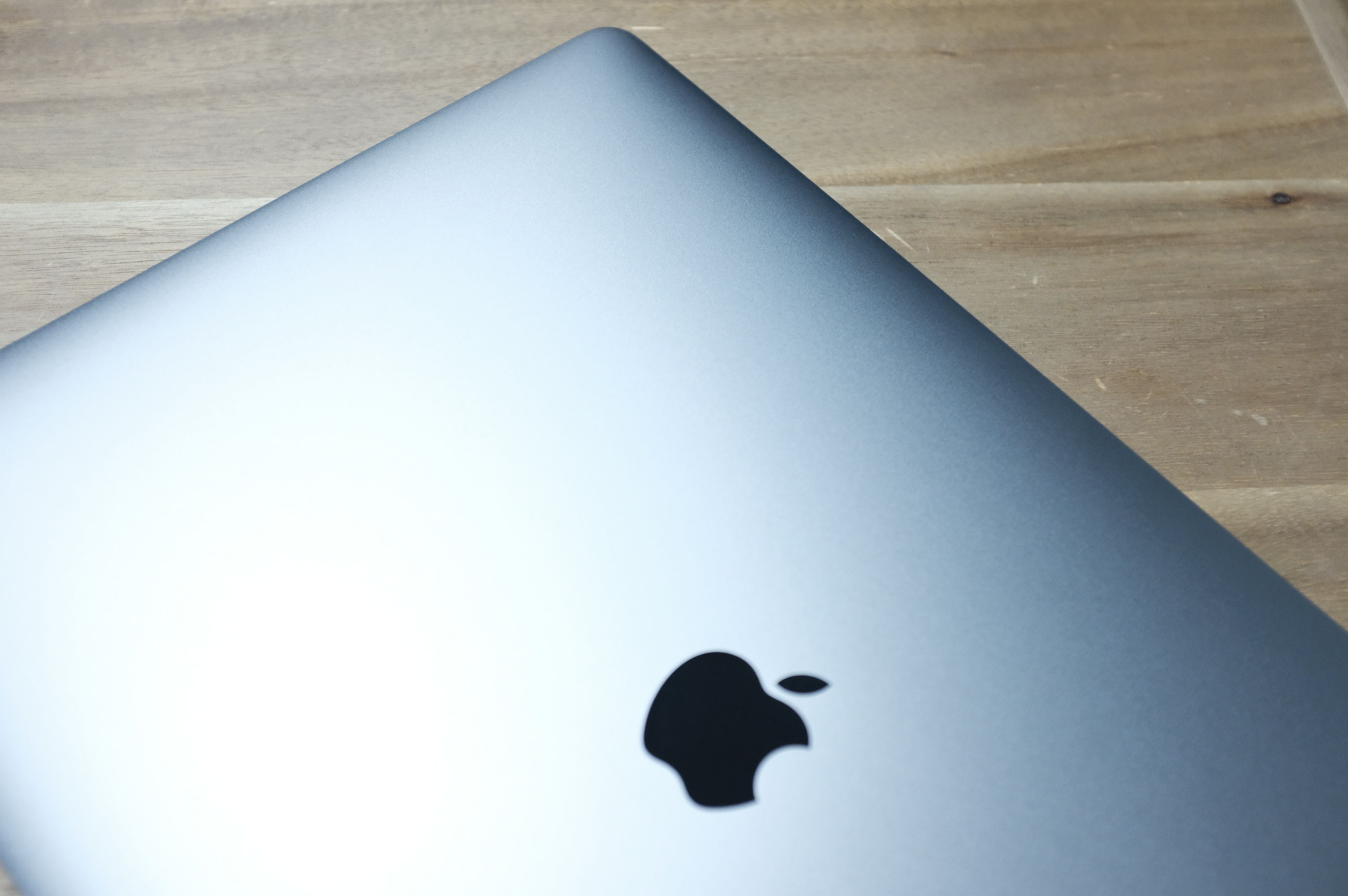
I’m staring at my now 2017 MacBook Pro as I type this. It’s always tough to compete with the latest and greatest, especially when it’s been specced out like crazy. I’m going to miss the quieter keyboard and True Tone display, for sure. Hands-free Siri, I can really take or leave at the moment, based on current functionality.
But I’m not ready for an upgrade just yet. For a majority of users, the upgrades on the high end will mostly amount to overkill. Thankfully, however, the low-end price points remain the same at $1,799 and $2,399 for the 13- and 15-inch, respectively.
Those who expect a lot more from their machines will no doubt be excited to see what these laptops can do. The new MacBooks aren’t a fundamental rethink by any stretch of the imagination, but they’re a welcome acknowledgment that the company still considers creative pros a key part of its DNA.
